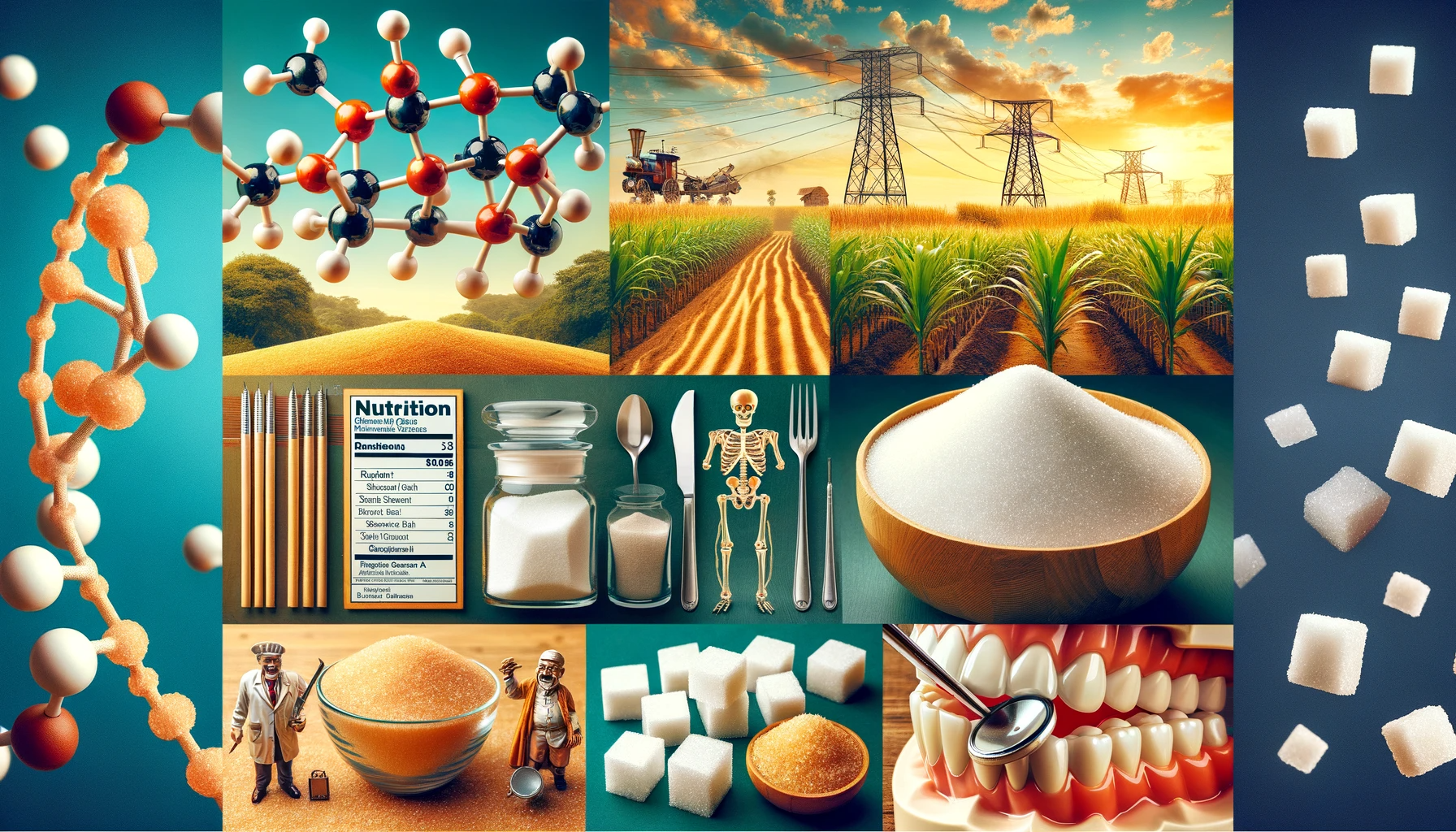Introduction
In an era where sugary snacks and beverages are readily available, it’s essential to understand the profound impact of sugar on dental health. Dental decay is a widespread problem affecting people of all ages. This article delves into the critical role sugar plays in causing dental decay, highlighting the key ingredients in this oral health menace.
The Basics of Dental Health
Understanding the Dental Structure
Before we delve into the details, let’s take a moment to understand the basics of dental health. The human mouth is home to a complex ecosystem of bacteria and structures. Teeth, composed of enamel, dentin, and pulp, are crucial for various functions, including chewing, speaking, and aesthetics.
Sugar: The Culprit Behind Dental Decay
How Sugar Leads to Dental Decay
Sugar is a double-edged sword when it comes to dental health. While it satisfies our sweet cravings, it can also wreak havoc on our teeth. Here’s how:
- Bacterial Interaction: When you consume sugary foods or drinks, the sugar particles interact with the bacteria in your mouth. This interaction creates acids that attack the enamel, the protective outer layer of your teeth.
- Formation of Plaque: The acid produced from sugar weakens the enamel and leads to the formation of plaque, a sticky film of bacteria on your teeth. This plaque buildup is a breeding ground for harmful bacteria.
- Tooth Erosion: Over time, if left untreated, the acid continues to erode the enamel, leading to cavities and tooth decay.
The Key Ingredients in Decay
Acid Production and Dental Decay
To understand the impact of sugar on dental health, it’s essential to identify the key ingredients involved in decay:
- Oral Bacteria: Streptococcus mutans and Lactobacillus are two primary bacteria in your mouth responsible for fermenting sugars and producing acidic byproducts.
- Sugar Types: Not all sugars are created equal. Sucrose, commonly found in table sugar, and fructose, found in fruit, are notable culprits that contribute to acid production in your mouth.
- Frequency of Sugar Consumption: The more frequently you consume sugary snacks or drinks, the longer your teeth are exposed to harmful acids. Continuous exposure accelerates enamel erosion.
Prevention and Maintenance
Tips for Maintaining Dental Health
Preventing dental decay involves making informed choices and practicing good oral hygiene:
- Limit Sugar Consumption: Reducing the intake of sugary foods and beverages is the first step in preventing dental decay.
- Regular Brushing and Flossing: Brushing your teeth at least twice a day and flossing daily help remove plaque and prevent the buildup of harmful bacteria.
- Dental Checkups: Regular visits to the dentist for checkups and cleanings are essential to detect and address dental issues early.
Conclusion
In conclusion, sugar’s impact on dental health cannot be understated. Understanding how sugar interacts with oral bacteria to produce harmful acids is vital for maintaining healthy teeth. By limiting sugar consumption, practicing good oral hygiene, and scheduling regular dental checkups, you can safeguard your dental health and enjoy a beautiful smile for years to come. Remember, knowledge is the best defense against dental decay, so make informed choices and prioritize your oral well-being.
